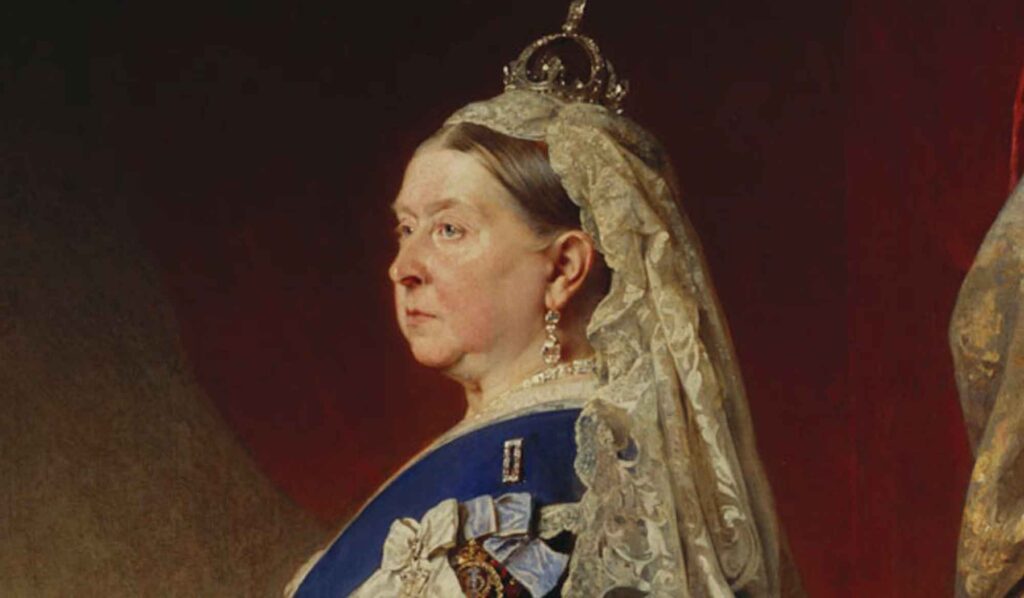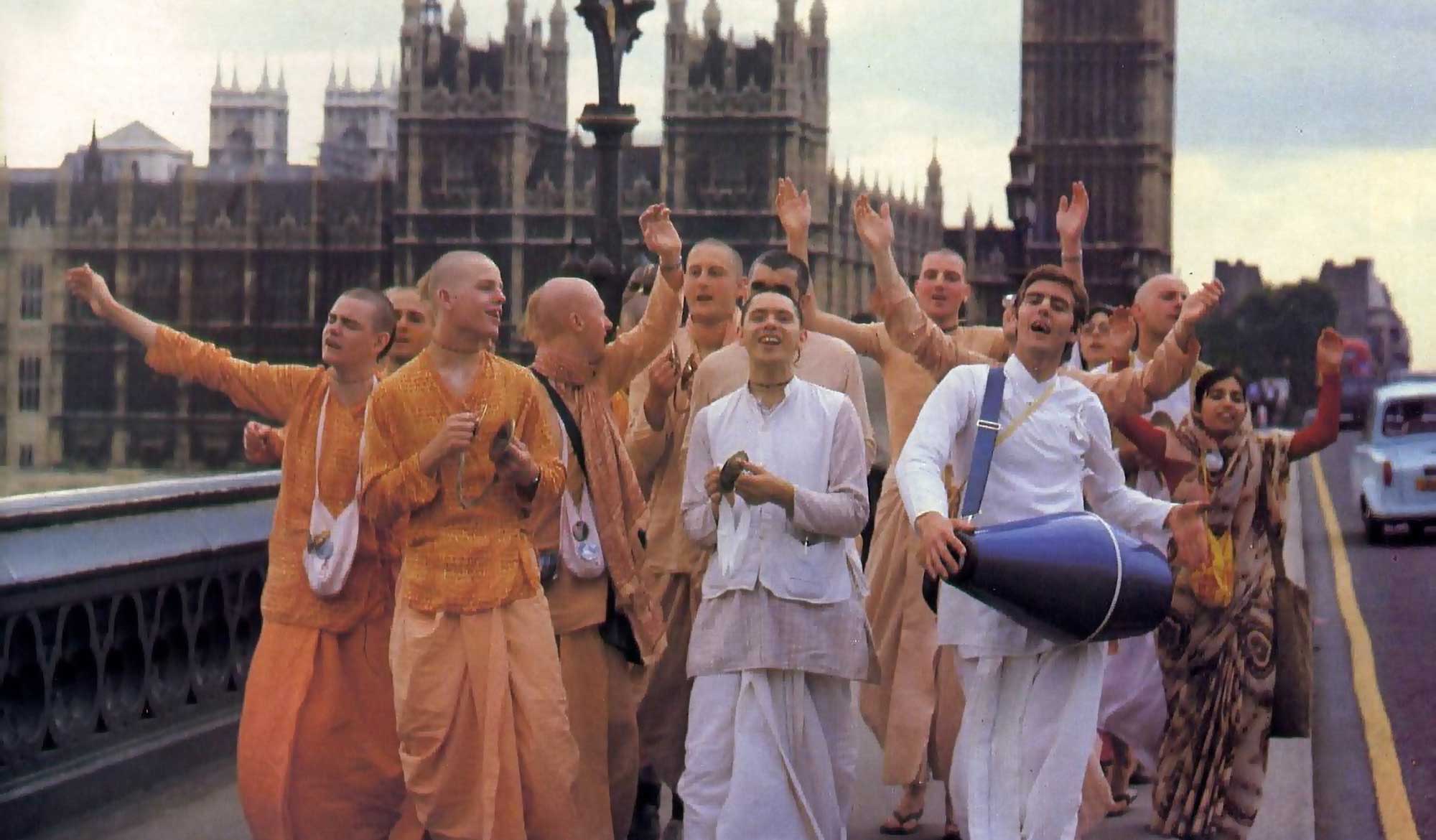Overview
In this amazing article, 'Śrī Acyutānandera Niryāṇa (Śrī Acyutānanda's Departure)' from Sajjana-toṣaṇī, Volume 7, Issue 2 from May 1895, Śrīla Bhaktivinoda Ṭhākura narrates the miraculous passing of his eldest son, Annadā Prasāda Datta, also known as Acyutānanda. In this article, Bhaktivinoda Ṭhākura writes in the third person.
(translated by Swami B.V. Giri)
Listen to this article:
On the 8th of the month of Bhādra, 1782 Śakābda Era (August 22nd 1860),Acyutānanda was born in the village of Bhadrak, in the land of Utkala. As a new-born baby, a tilaka mark could be seen above his nose. Seeing this, many people were amazed. When the child began to grow up, the tilaka disappeared. When the child’s father went to work in the town of Medinipur, the child’s mother died when he was only ten months old. After some time, Acyutānanda’s father married again. Gradually, Acyuta’s stepmother and his paternal grandmother nursed and raised him. During the time of his childhood, Acyuta began to study in the English education system. At eighteen years of age, Acyuta was married. Eventually he had three daughters and one son. After completing his English education, he spent about two years in government service. When he was in service in Rangpur district, Acyuta became insane. For eleven years he was in a state of madness, and on 25th of Vaiśākha (May 7th 1895) he left his body.
At a young age, before his mental illness, Acyuta wrote a poem in the Bengali language called Mādhavī-latā. And at that time, while serving in the district of Jessore, he published a periodical called Tārā. He wrote a description of the Howra district and a poem called Pāṇḍava in the English language. Acyuta was never seen to show any inclination for bhajana, only during the time when he had already become mad he would say, “I am taking prasāda” and from time to time he would chant two verses containing the Holy Names, “hare murāre madhu-kaitabhāre” and “hare kṛṣṇa hare kṛṣṇa kṛṣṇa kṛṣṇa hare hare.” He was generous by nature and loved by everyone.
At the time of his death, a miraculous thing was seen to happen to Acyuta. The usual thing that happens in the last stage of suffering for those who are mentally unstable was happening to Acyuta. After spending twelve years in mental anguish, Acyuta began to gradually lose his strength. In the first week of Vaiśākha, he developed a fever due to influenza. The fever got better, but the weakness gradually became worse. At some point, he tried leaving the house on his own, but fell because of his weakness. From that day on, Acyuta’s relatives became very worried about him and started taking care of him repeatedly. Initially he was treated with English medicine, but since this did not have much benefit, ayurvedic medicine was prescribed.
On the night of the 24th of Vaiśākha, when all hope for his life had gone, his brothers and sisters sat next to him and began to sing hari-nāma mahā-mantra in sweet voices. When this chanting of the Holy Name began, it was if Vaikuṇṭha had directly descended in the house. When they sang and chanted one lakh (a hundred thousand) of Holy Names, that room of death suddenly became completely full of supreme bliss, like the dhāma of Bhagavān. Everyone in that house could understand the glories of pure hari-nāma. Śāstra states that all of Kṛṣṇa’s potencies are invested within pure kṛṣṇa-nāma. Pious activities such as yajñās etc. or brahma-jñāna do not contain such power. Everyone directly experienced this śāstrika conclusion on that final night.
With love and special affection, Acyuta’s stepmother gave him caraṇāmṛta from Śrī Giridhārī, dust from Vraja, prasāda from Śrī Jagannātha and tulasī from His holy feet. It is an amazing thing that at that time, Acyuta could not swallow even liquids. After drinking caraṇāmṛta three times, an effulgence manifest on his abdomen and spread to his throat, and Acyuta began to utter the Holy Name, “Hare Kṛṣṇa” effortlessly. At that time, incessant tears began to flow from his two blissful eyes. After hearing more than a lakh of pure hari–nāma, and drinking caraṇāmṛta mixed with dust from Vraja, tulasī and mahā-prasāda, Vaiṣṇava tilaka shone upon his forehead, arms, abdomen, chest and throat. At that time, Acyuta’s fourth brother began to chant hari–nāma with great prema, * then many philosophical truths (tattva-kathā) and explanations about himself suddenly came from Acyuta’s mouth. Moreover, the forms of many divine Vaiṣṇavas wearing mālās and tilaka appeared in that house. The effulgence of these Vaiṣṇavas outshone the light of the lamps in the house. Amongst the tattva-kathā that he spoke, only one can be published here.
* Translators Note: The fourth brother of Acyutānanda was Śrī Vimala Prasāda (Śrīla Bhaktisiddhānta Sarasvatī Ṭhākura)
Acyuta said, “I am a Vaiṣṇava of the Śrī Rāmānuja sampradāya. I made some aparādha to the philosophical truths taught by the sampradāya of Śrīman Mahāprabhu, and to eradicate this aparādha I have remained in this house up to the present. The essence of all bhajana is kṛṣṇa–nāma. That Name is Kṛṣṇa Himself. Chanting the Holy Name without aparādha awards all perfection. O brothers, because I have heard you chanting the Holy Name without aparādha at the time of death, my offence has been removed and I have attained all perfection. Kindly remember these words.”
For a week, all of his senses were practically inactive. His eyes were closed. His speech ceased. When someone said anything, he did not hear them. After hearing hari-nāma for one prahara,* his ears were purified, his voice chanted hari-nāma and he was eager to see the form of Bhagavān. As soon as the picture of Śrīman Mahāprabhu was brought in front of him, his eyes filled with tears and he began to fix his concentration upon the beauty of the Deity.
* Translators Note: One prahara is equal to three hours.
The tilaka on his forehead first appeared in the form of a four-lined ūrdhva-puṇḍra, and gradually became ūrdhva-puṇḍra with the pure temple of Hari* eventually becoming the form of praṇava, and then his life-airs left him through the upper part of his head. It is assumed that, like a perfected yogī, his ātmā left by piercing the suṣumnā-nāḍī. The signs of achieving perfection is also the same in the philosophy of Śrī Rāmānuja. Departing during uttarāyaṇa, śukla-pakṣa, āpūryamāna-candra, during brahma-muhūrta and citra-nakṣatra ** – all these are factors for yogīs at the time of death. Being present there, we clearly experienced that Acyutānanda had attained a type of miraculous Vaiṣṇava destination. He had only resorted to being a materialist and insane for so long, only to eradicate Vaiṣṇava aparādha.
*Translators Note: (Note: Śrī Vaiṣṇava tilaka has a red line known as śrī-cūrna representing Goddess Lakṣmī. Gauḍīya Vaiṣṇava tilaka has a space in the middle known as hari-mandira, or ‘the temple of Hari.’
** Translators Note: Uttarāyaṇa is the half of the year when the sun travels north. Śukla-pakṣa is the bright half of lunar month, āpūryamāna-candra is the period of the waxing moon, brahma-muhūrta is the time period from approximately 04:24 a.m, to 5:12 a.m. Citra-nakṣatra is one of the lunar mansions in Vedic astrology and corresponds to Spica, the brightest star in the constellation of Virgo.













